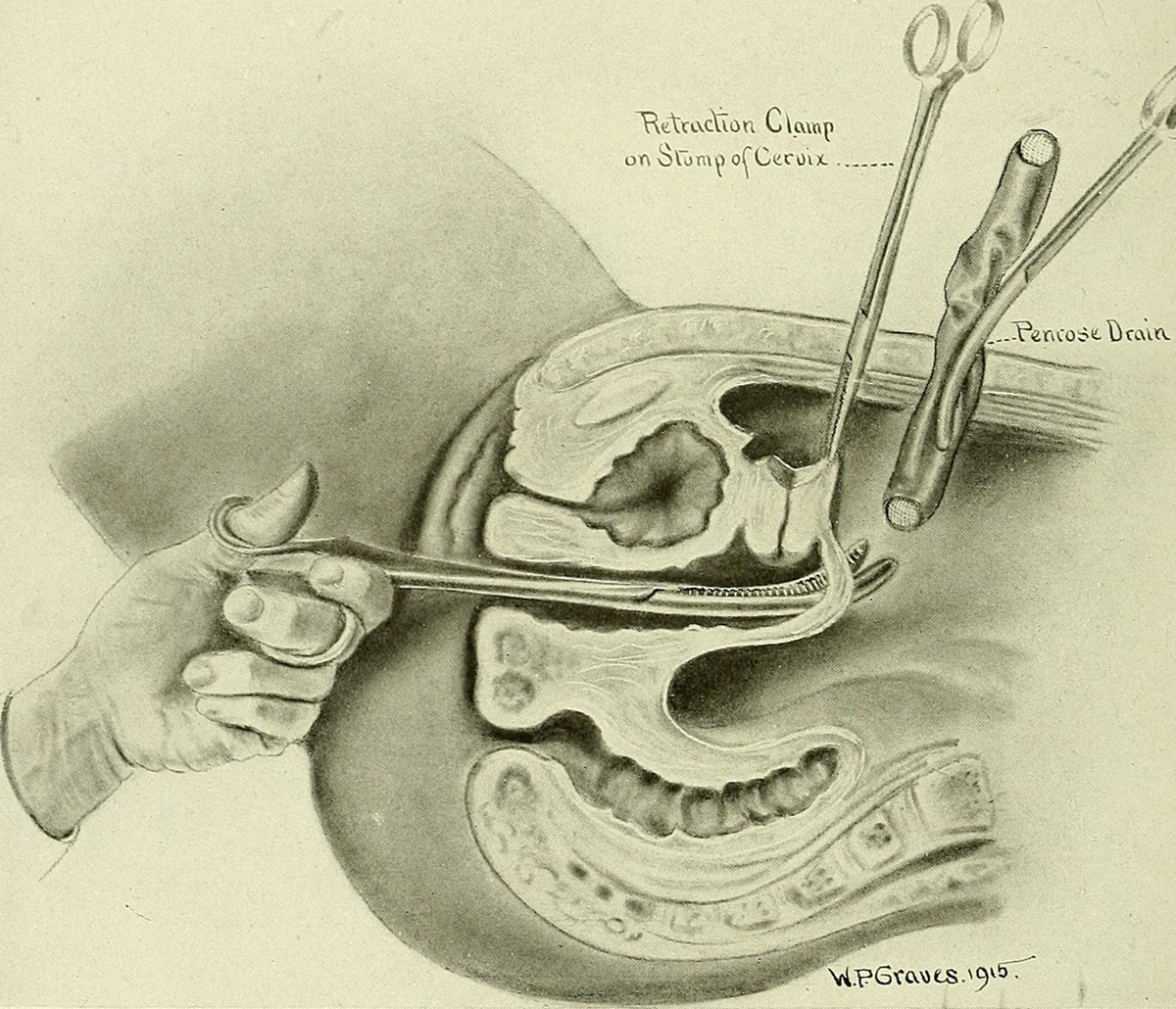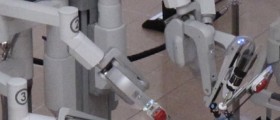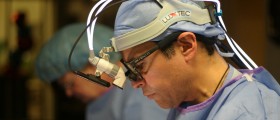
Each year, more than 600,000 hysterectomies are performed in the USA. Over 75 percent of those are of abdominal nature. This is done through an incision across the abdomen. This procedure involves several days of hospitalization and six to eight weeks of recovery time. This is why the arrival of the Da Vinci Surgical System holds much value for women requiring this procedure.
A hysterectomy treats a number of conditions. Some of those include endometriosis, uterine fibroids, uterine prolapse, uterine disease, as well as several types of cancer. Different types include total, partial and radical hysterectomies.
The reason that the majority of hysterectomies include an abdominal approach is simple. The large incision in the abdomen enables surgeons to have a better overview of the area. This in turn enables them to remove the uterus and any other affected organs in a much safer fashion. This technique also allows for a quick reaction to any unforeseen circumstances that might arise during the procedure.
Although it is fairly common, an abdominal hysterectomy carries a number of risks. Complications are more likely to happen and the pain induced by the intervention is considerable. Scarring is a separate issue altogether. When this is added to the mentioned long recuperation, it becomes clear that the method needs solid improvement.
Less invasive procedures include a laparoscopic or a vaginal hysterectomy, but the problem of a restricted overview and maneuverability still stands.
The Da Vinci hysterectomy technically resembles a laparoscopic hysterectomy procedure, but there is a significant difference. This is a system made out of two parts. It involves a surgical console and four robotic arms, installed in the patient cart. The arms actually conduct the surgery, controlled by the surgeon, at the console. The movements are as precise as the surgeon wants them to be and are at the same time free of tremors and unintentional hand movements a human might be prone to.
The view of the operated area is excellent. There is a magnified, 3D image, provided by a camera that is installed on the patient cart as well. This makes the whole system highly effective, since the surgeon theoretically doesn\'t even have to be present for the surgery to take place. The system is designed so that it meets the greatest necessity when it comes to the procedure in question – comfort. The original procedure is long and strenuous, both for the patient and the surgeon. This way, the surgeon is seated comfortably and he/she doesn\'t have to bother with correct positioning of surgical tools and the like.
The system is used successfully for interventions such as cardiothoracic procedures, sacrocolpopexy procedures, myomectomy procedures, hysterectomy procedures, urologic procedures, and other less invasive general surgerical procedures.
















Your thoughts on this
Loading...